The rise of Latinx artists in Los Angeles
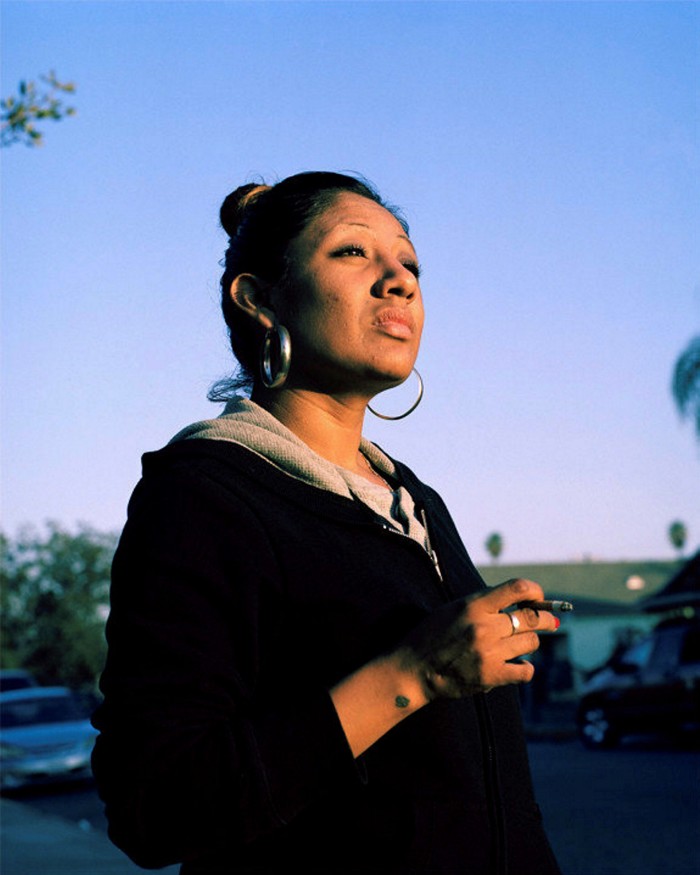
Roula Khalaf, Editor of the FT, selects her favourite stories in this weekly newsletter.
When dawn broke one morning in December 1972, the campus of the Los Angeles County Museum of Art (Lacma) had been permanently transformed. A footbridge bore three signatures: Herrón, Gamboa Jr, Gronkie — three members of Asco, a quartet of gonzo Chicano performance artists active from 1972 to 1987. (Their fourth member, Patssi Valdez, didn’t sign, but posed for a photo the next day.)
The tag was a barbed response to a Lacma curator’s assertion that Chicanos made graffiti and not art. It was also a savvy act of appropriation: if the museum insisted on excluding Chicano art, Asco would make the museum itself their sculpture. Nearly 40 years later, in October 2011, Lacma opened Asco: Elite of the Obscure, the first major retrospective of the eclectic, trickster-ish group. The exhibition was part of the Getty Foundation’s first Pacific Standard Time (PST), a festival of new scholarship and exhibitions meant to propel LA artists on to the world stage.
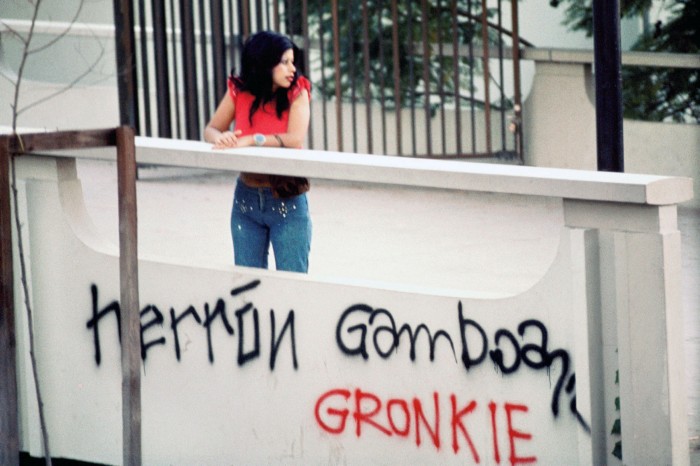
“Next year, it will be 50 years since I spray-painted Lacma,” says Harry Gamboa Jr of Asco. “It’s been half a century of pounding on doors.” Now, at least, gatekeepers answer when he knocks.
Yet Lacma’s Rita Gonzalez, who co-curated the Asco survey with C Ondine Chavoya, is one of a small handful of Latinx curators at LA art museums. And while other local institutions include Asco and Gamboa Jr in their collections, Lacma itself does not. Latinx art is sprinkled across LA’s far-flung gallery scene, and it is evident in Frieze’s LA Viewing Room, opening this week, which features a number of Latinx artists, among them Mexican-born Manuel Solano, Cuban Marco Castillo and Peruvian Claudia Martínez Garay, but only a few spaces support rosters of artists as diverse as the city. Progress for Latinx artists in LA has been hard won, and the struggle continues.
The issue of Latinx representation in the arts is especially charged in Los Angeles, a city that used to be part of Mexico and is nearly 50 per cent “Hispanic or Latino”, according to US Census estimates for 2019. (Fifty-two per cent of residents are white; many self-identify as both.) Of 1,700 respondents to the 2020 Los Angeles Artist Census, an artist-run poll, 13 per cent identified as Latinx.
The label “Latinx” itself is also fraught. In the 1960s, Mexican Americans organised the Chicano movement, advocating for social and political empowerment. But conservative figures made the term synonymous with thugs and criminals. Beginning in 1980, US policymakers turned to “Hispanic”, then “Latino”, as less charged terms. But these pan-ethnic labels were also less meaningful for people from Latin-American backgrounds, who more often use their family’s country of origin. Today, the non-gendered “Latinx” and “Chicanx” are favoured in progressive and academic settings, including the contemporary art world, although much less so by Latino adults, according to a Pew Research Center survey.
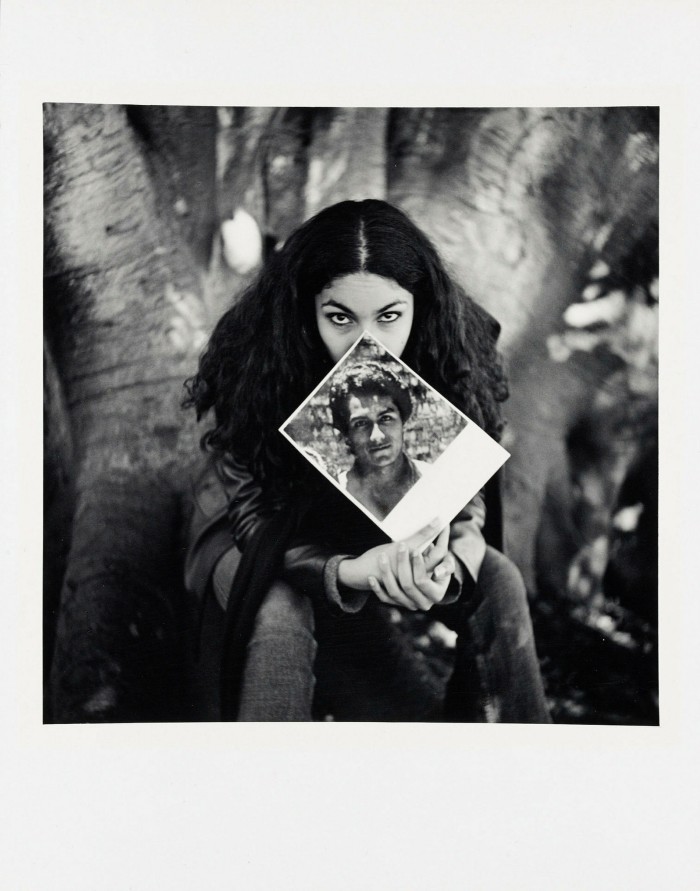
The ethos of galleries with diverse, more representative rosters derives not so much from big-ticket initiatives such as PST, nor from shiny diversity statements, but from curators and dealers driven to give a platform to the communities with whom they are already in dialogue.
Commonwealth and Council gallery in Koreatown has evolved from an artist-run space to a commercial enterprise, but remains one of the scene’s most inclusive hubs. Rather than diversity per se, says Young Chung, who started the gallery in his apartment, “perhaps our programme is rooted in the recognition [of] and attraction to difference”.
Kibum Kim, a partner in the gallery, adds: “As banal as this may sound, [our] programme reflects Los Angeles and the communities in which Young grew up and lived,” including Koreatown and El Sereno. “It was only natural that we would show many Latinx artists, just as we show a number of Asian-American artists.” Around a third of the gallery’s 33 artists identify as Latinx.
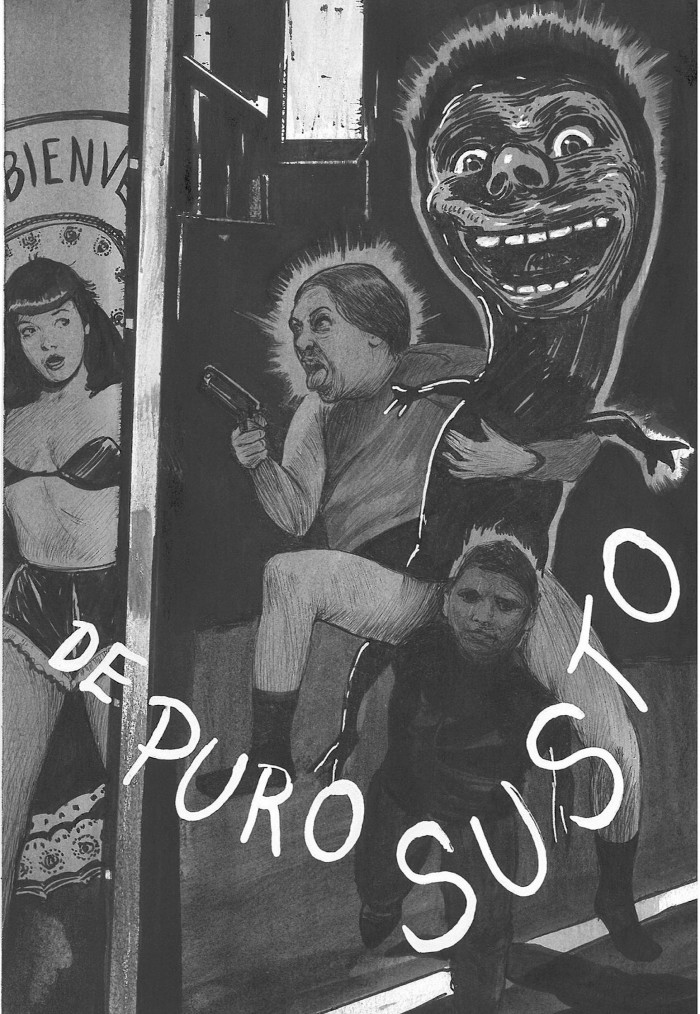
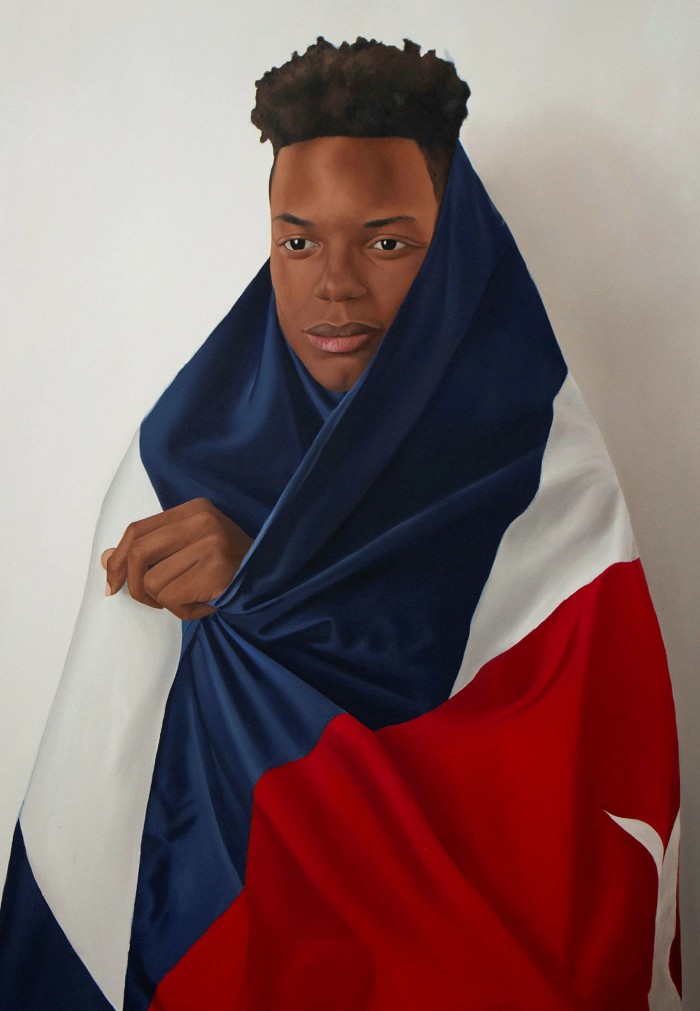
“My approach to diversity has been an organic one,” says Luis De Jesus, owner of the eponymous gallery downtown. “Being Puerto Rican, a person of colour and a gay man, I’ve always been conscious of the need to support artists of diverse backgrounds and perspectives.” He names grassroots galleries and museums that have tirelessly held a place for Latinx art, among them La Plaza De Cultura Y Artes, the Museum of Latin American Art and the Latino Arts Network.
Any prominence of Latinx culture in LA’s art world has been painstakingly built, one generation handing the tools to the next. In 1974, Gamboa Jr was among the founders of Los Angeles Contemporary Exhibitions in Hollywood, a non-profit meant to help artists gain entry into an opaque system of collectors and galleries. Today, its chief curator is Daniela Lieja Quintanar, who moved to Los Angeles from Mexico to study curating at the University of Southern California and found herself embraced by the Latin American diaspora. Her current show, Intergalactix: Against Isolation/Contra el Aislamiento (to August 14), showcases artists from several Central-American countries, including some LA-based ones.
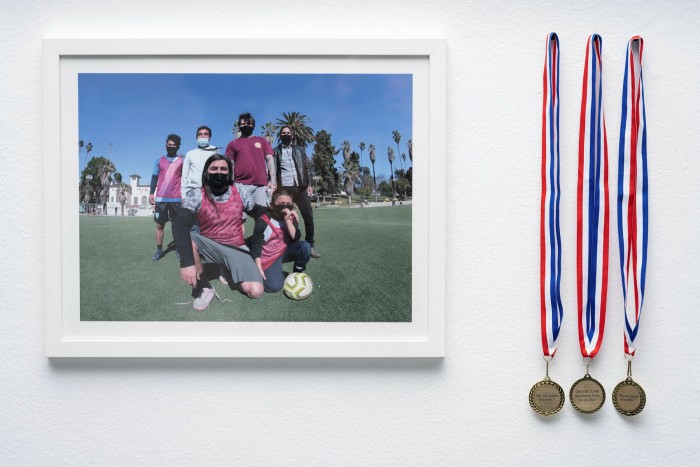
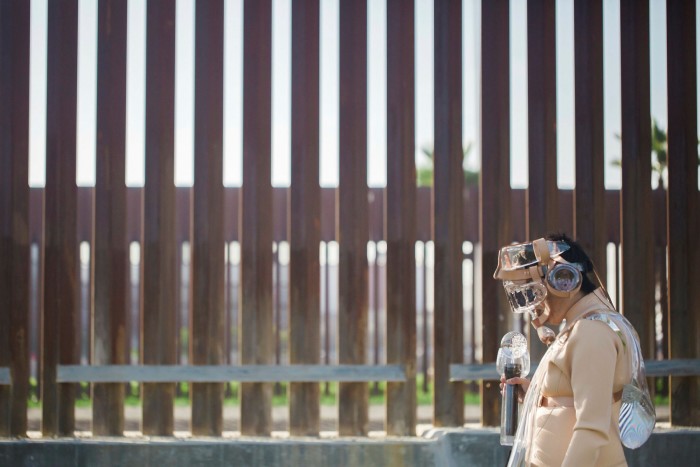
On the edge of Boyle Heights, a historically working-class Jewish and Latino neighbourhood, east of downtown LA, The Mistake Room plans to tackle the question of Latinx identity directly by featuring only Latinx artists for the next three years. At the same time, says César García-Alvarez, the space’s founding director, the exhibitions and events will try to unsettle a term that few people find satisfying. When he was coming up in his career, mentors urged García-Alvarez to present himself as a generalist and avoid being pigeonholed as a Latino curator.
Today, he says, the cachet of terms such as Latinx means young artists and curators receive the opposite advice. The Latinx label can be an expedient part of a strategy to name and hold cultural space, used with success by other marginalised groups. “I think that’s sort of what you’re seeing happening around ‘Latinx’,” says García-Alvarez. “You have academics and curators and institutions trying to package a group of people that is not packageable.” The timing was right, he felt, to bring the conversations around “Latinx” happening in studios and salons into the gallery itself.
“In terms of the Latinx experience,” says Gonzalez, “there are multiple generations, there are people who were here before statehood, there’s Afro-Latinx, there are all these disparate identities.” In practice, the term is “more like an alliance”.
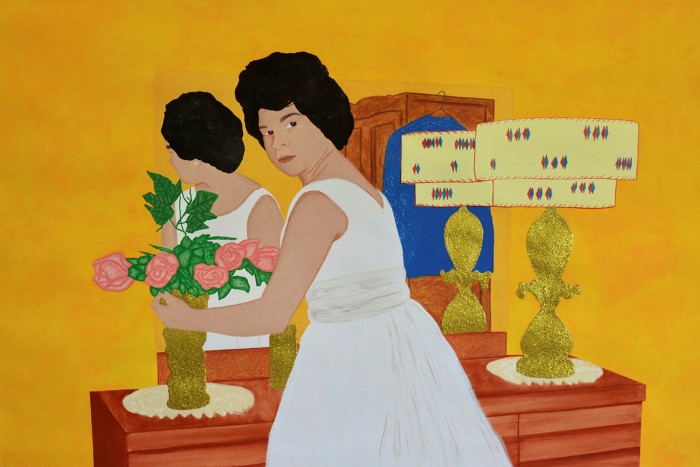
This polyphony is evident even as Latinx art slowly continues to gather institutional clout. On July 12, the Andrew W Mellon and Ford Foundations announced the first cohort of Latinx Artist Fellows, each of whom will receive a $50,000 grant. The initiative, a culmination of years of work behind the scenes at museums such as Lacma and El Museo del Barrio in New York, remains organised around the term “Latinx”. And yet, says Gonzalez, the diversity of the recipients — from Carolina Caycedo, born in London to Colombian parents and now LA-based, to Carlos Martiel, born in Cuba and working between Havana and New York — speaks for itself.
Still, some regret the lack of greater progress. For years, says Gamboa Jr, “the level of invisibility” for Chicano and Latino artists “was all based on denial that we existed”. The lack of representation that persists today is due to this same denial, even though, he says, “we’re very visible”.
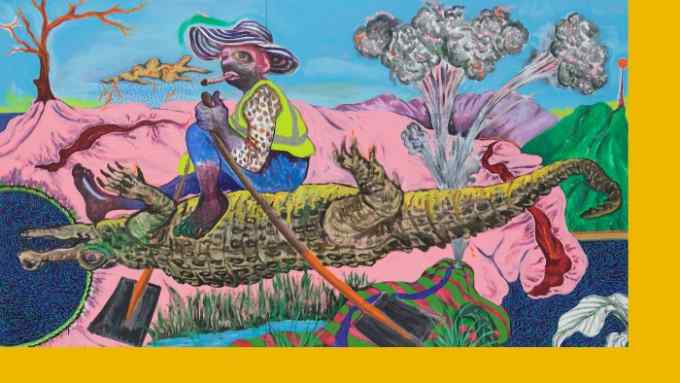
Comments